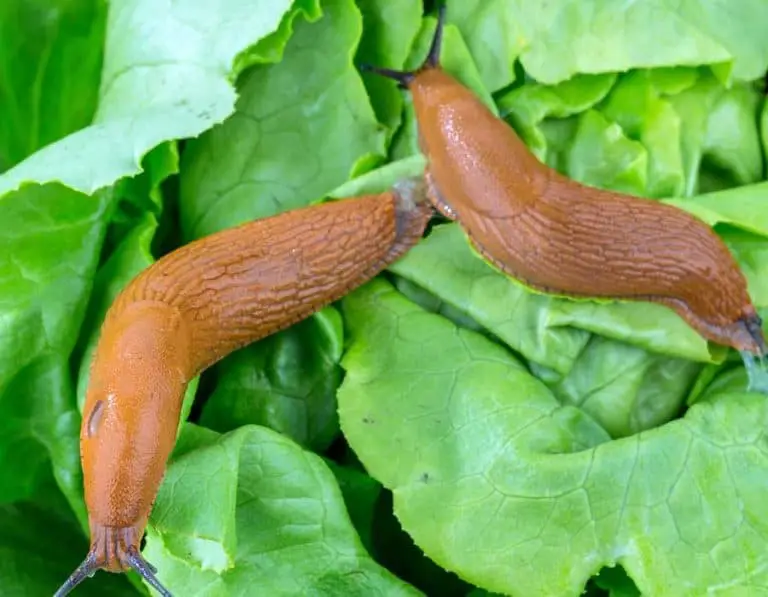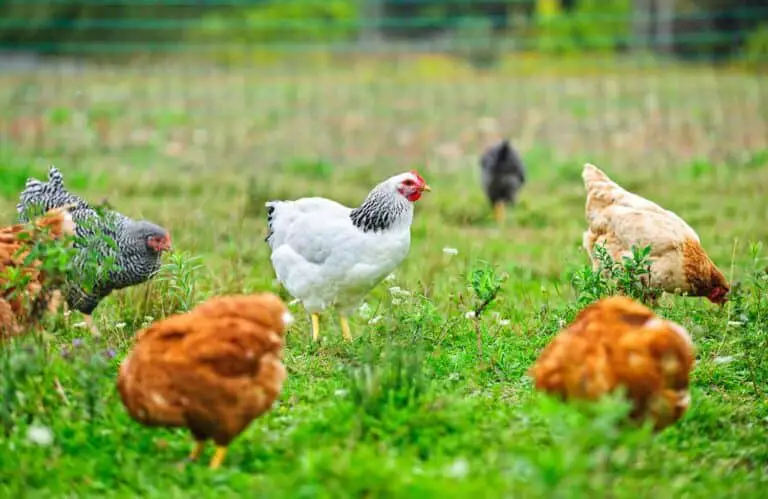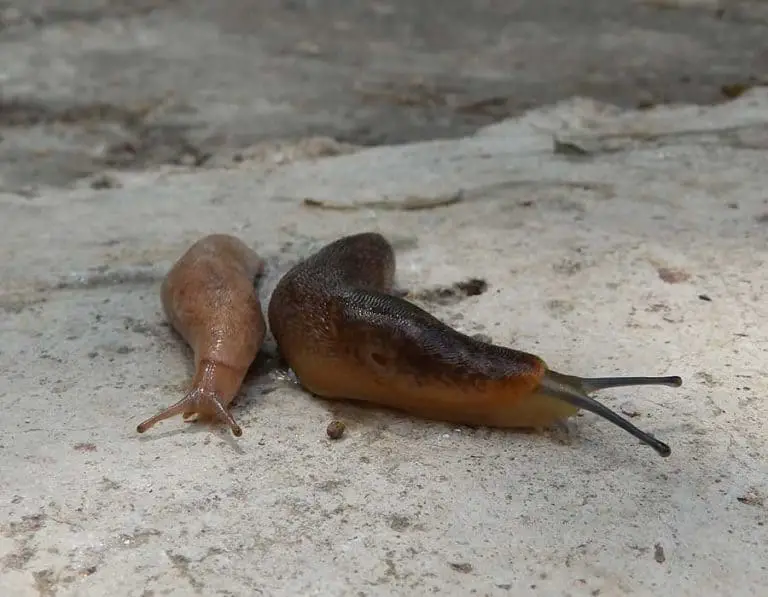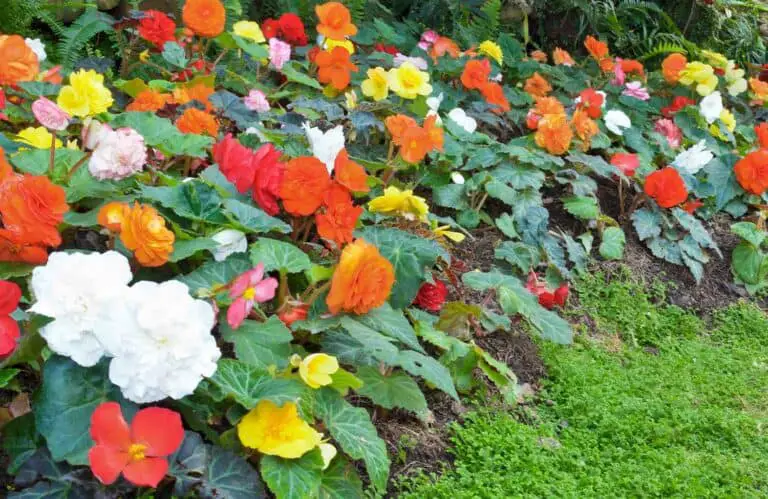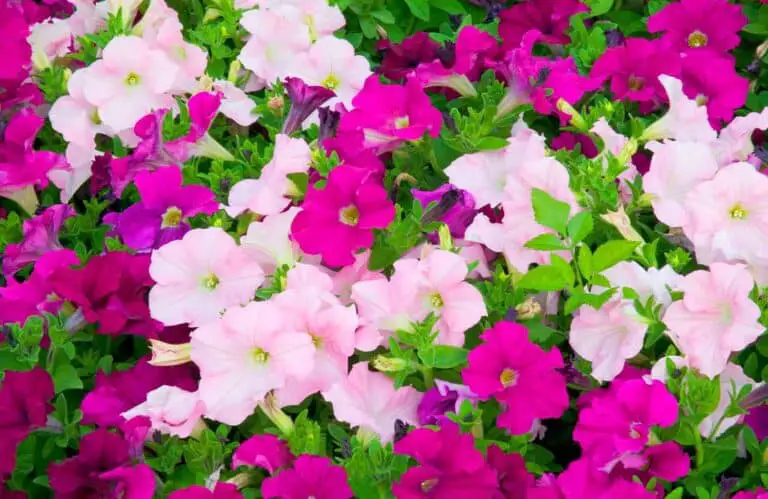Does Sevin Dust Work on Slugs? An In-Depth Analysis
As a gardener, I’m always looking for effective ways to tackle pests, and one such problem I’ve encountered is slugs. These slimy creatures can wreak havoc on my plants, leaving holes in the leaves and even devouring entire seedlings. After researching various solutions, I came across Sevin Dust as a potential remedy for dealing with slugs.
Sevin Dust is an insecticide containing carbaryl, a chemical that affects the nervous system of insects and other pests. Although Sevin Dust is primarily used to control pests like beetles, caterpillars, and fleas, I will discuss its effectiveness on slugs specifically. Reasonably priced and easy to apply, Sevin Dust could be a potential solution to my slug problem.
In the following paragraphs, I will explore the pros and cons of using Sevin Dust on slugs, including how it works, potential risks, and alternative methods for slug control. By sharing my findings, I hope to help other gardeners determine whether Sevin Dust is the right choice for their slug infestations.
Understanding Sevin Dust
As a gardener, I’ve encountered several pests that cause damage to plants, and slugs are one of those unwelcome creatures. To deal with such problems, I found an insecticide called Sevin Dust that has been promoted to help rid various pests from gardens.
Sevin Dust is a brand name insecticidal product containing carbaryl, a chemical compound that works by affecting the nervous system of the insects it targets. With its versatile application method, it’s easy to sprinkle Sevin Dust around a garden where pests may be lurking. I discovered that this product is specifically designed to target over 100 types of pests, including ants, ticks, and Japanese beetles.
While researching ways to control slug infestations, I’ve found Sevin Dust mentioned as an option. However, I wanted to dig deeper to understand its effectiveness against slugs. In my search, I noticed that Sevin Dust is effective against many insects with hard exoskeletons, but slugs have a soft, slimy body.
Additionally, when I looked into the environmental impact of using Sevin Dust, I found that it is toxic not only to the insects it targets but also to a variety of beneficial insects like bees and other pollinators. This information led me to rethink the use of Sevin Dust in my garden, considering the potential harm it may cause to the ecosystem.
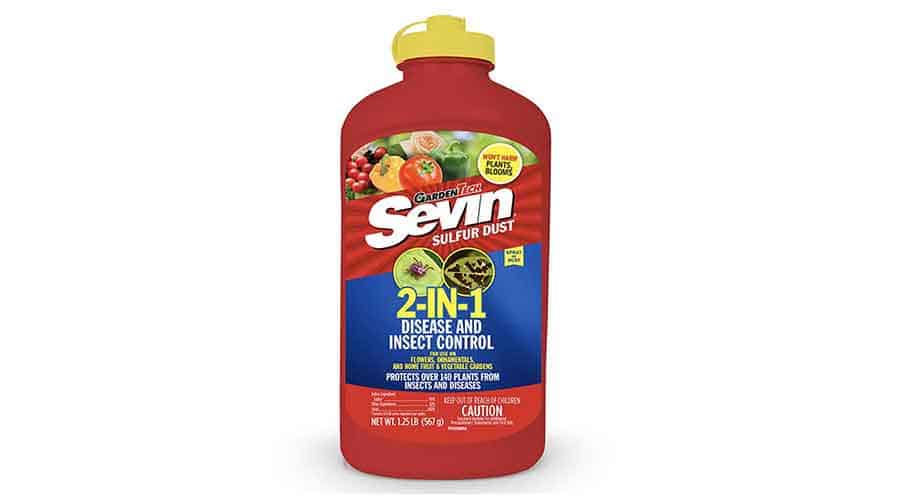
Slug Biology and Behavior
When I began my research on slugs, I first explored their biology and behavior. Slugs are gastropod mollusks and have soft, unsegmented bodies. They lack shells found in snails, which makes them more vulnerable to desiccation and predation.
Most slugs are nocturnal creatures that prefer cool, damp environments. During the daytime, they often hide in dark, moist places such as under rocks, logs or plant debris. One of the distinctive features of slugs is their mucus secretion, which helps them move, retain moisture, and deter predators.
Slugs reproduce both sexually and asexually, which can result in a rapid increase in their population if conditions are favorable. The diet of slugs comprises mainly of decaying organic matter, fungi, and plant materials. Unfortunately, some voracious slug species also prey on seedlings and young plants in gardens.
Understanding slug behavior was key in determining the effectiveness of Sevin Dust on them. For instance, I considered factors like their feeding habits, reproduction, and preferred environment. This foundational knowledge helped me to better evaluate the product’s claims and determine how it might fit into a slug control strategy.
Evaluating Sevin Dust’s Effectiveness on Slugs
In my quest to determine if Sevin Dust is effective against slugs, I conducted some research and put the product to the test. I began by examining the active ingredient in Sevin Dust, which is carbaryl. Carbaryl is a broad-spectrum insecticide that targets various pests, such as beetles, caterpillars, and mites. However, my initial findings showed that carbaryl might not have a direct effect on slugs.
Despite this, I didn’t want to rule out Sevin Dust completely. I decided to test the product in my garden, applying it to the soil and plants where I had noticed slug activity. I documented the slug population and damage to foliage before and after applying Sevin Dust.
Here’s what I observed:
- There was a noticeable reduction in other insect pests, such as aphids and beetles.
- The slug population didn’t appear to be significantly affected.
- Some damage to the plants ceased, but this could be attributed to the absence of other pests.
Based on these observations, I can’t confidently say that Sevin Dust effectively targets slugs. Although it did help control other pests in my garden, its impact on slugs remained inconclusive.
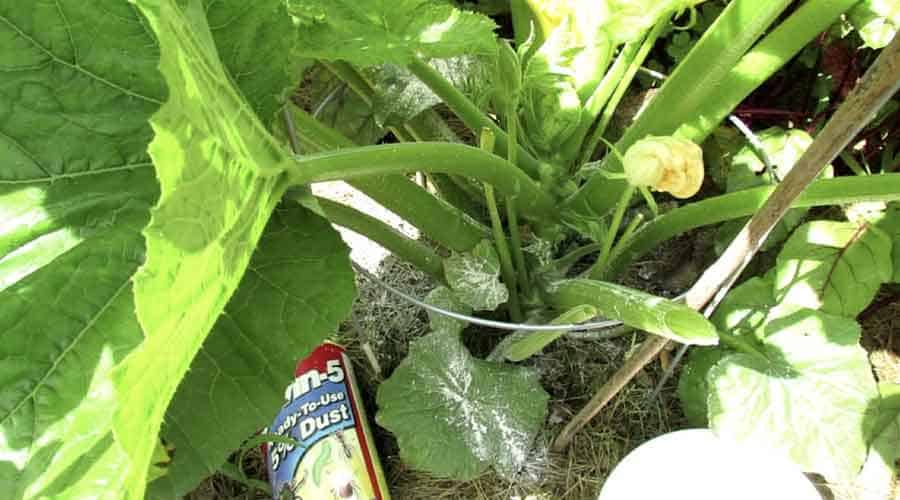
Alternative Slug Control Methods
In my experience dealing with slugs, I’ve found that there are several alternative methods to control these pests without relying on Sevin Dust. I’ll discuss a few of those methods and break them down into three main categories: natural predators, barriers and traps, and organic and chemical solutions.
Natural Predators
One way I’ve managed slug infestations is by encouraging natural predators to thrive in my garden. Creatures like frogs, toads, birds, and some beetles are known to feed on slugs. In particular, I’ve found that creating a shallow pond or birdbath can attract these predators and help keep slug populations in check.
Barriers and Traps
Another effective method I’ve used is setting up physical barriers to deter or trap slugs. I have used copper tape around plant pots, as slugs are repelled by the electrical charge generated when their moist bodies come into contact with the metal. I’ve also set up traps by placing shallow dishes filled with beer or a mixture of sugar, water, and yeast, which attract and drown the slugs.
Organic and Chemical Solutions
In cases where natural predators and barriers aren’t enough, I’ve turned to a range of organic and chemical solutions to control slug populations. These solutions include:
- Diatomaceous Earth: A natural abrasive made from fossilized remains of tiny aquatic organisms. I’ve found this effective in deterring slugs when sprinkled around the base of plants.
- Nematodes: These are microscopic worms that kill slugs by releasing bacteria into their bodies. I’ve had success applying these to moist soil where slugs are active.
- Iron phosphate: As a less toxic alternative to traditional slug pellets, I’ve discovered that iron phosphate-based products can effectively control slugs when sprinkled around the garden.
By using a combination of these alternative slug control methods, I’ve been able to protect my plants from slug damage without relying solely on Sevin Dust.
Safety Considerations When Using Sevin Dust
In my experience using Sevin Dust, I discovered that it’s important to be aware of potential hazards and take necessary precautions. Let me share some safety considerations with you.
First, make sure to follow the instructions on the label closely. Inappropriate use of Sevin Dust can lead to unintended harm to both plants and insects. Additionally, it’s important to avoid any direct contact with the dust, as it can cause skin irritation and potentially lead to more serious health concerns. When applying the dust, I wear protective gloves, long sleeves, and a mask to minimize any exposure.
Another consideration is the potential impact on the environment. Sevin Dust contains carbaryl, a chemical that can be harmful to various species of insects, beneficial or otherwise. To minimize the effects on other insects, I apply the dust only to the targeted area and avoid applying it on windy days. This helps prevent drift and unintended contamination of nearby flora and fauna. Moreover, it’s crucial to avoid applying Sevin Dust near water sources, as the chemical can contaminate aquatic ecosystems.
- Follow the instructions on the product label.
- Wear protective clothing and a mask.
- Apply only to targeted areas.
- Avoid using Sevin Dust near water sources and on windy days.
In summary, when I use Sevin Dust to combat slugs, I always exercise caution to minimize any potential hazards. By following these safety considerations, I ensure that my garden remains healthy and the impact on the environment is reduced.
Conclusion
After researching and experimenting with Sevin Dust, I’ve found that it is moderately effective in controlling slugs. However, using it as the sole method for slug control might not provide the best results.
In my experience, combining Sevin Dust with other slug-control methods, such as organic baits and barriers, can provide a more comprehensive solution. I’ve noticed that this combination approach significantly reduces the slug population in my garden.
I would like to remind readers to follow the product label instructions and safety guidelines when using Sevin Dust or any other chemical pesticides. It’s important to protect yourself and the environment.
While Sevin Dust can be a helpful tool in slug management, I cannot guarantee its effectiveness for every gardener, as individual results may vary. I encourage you to test different methods and find what works best for your unique situation.

